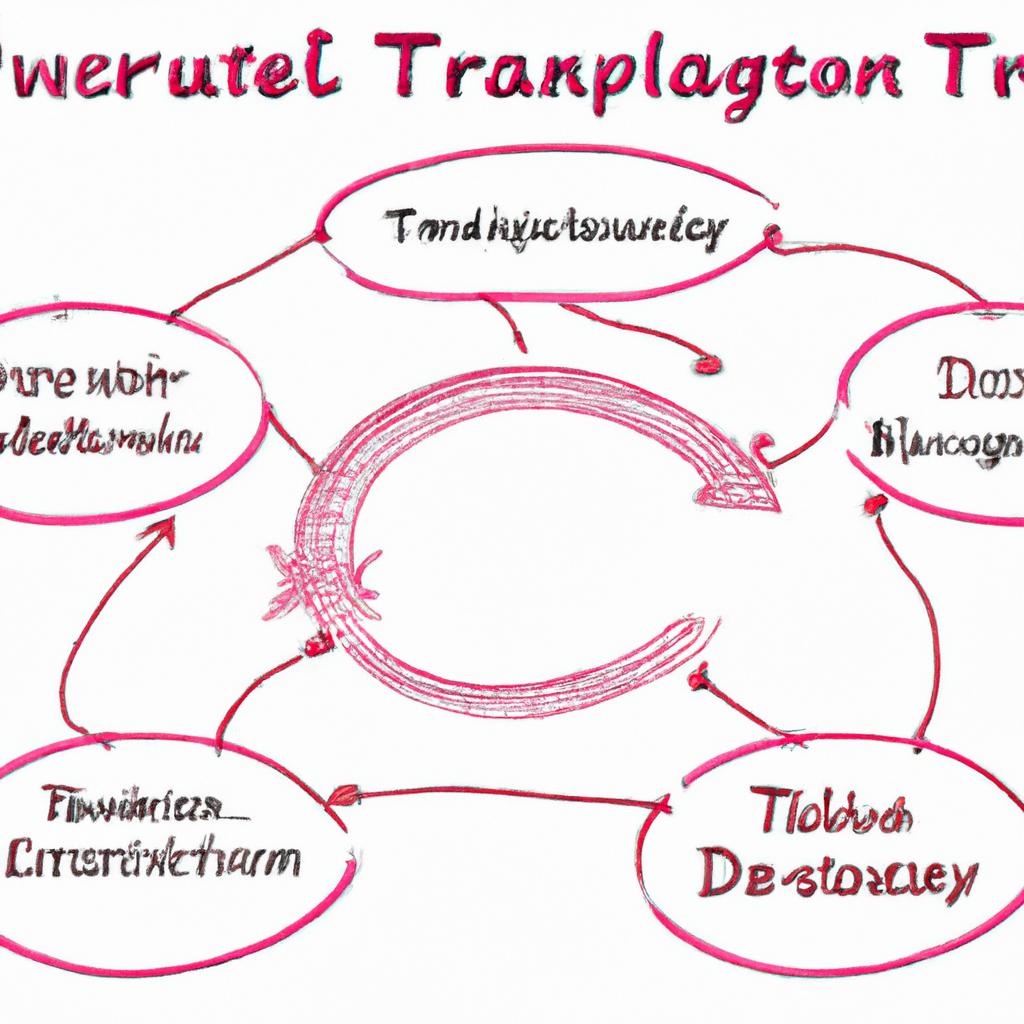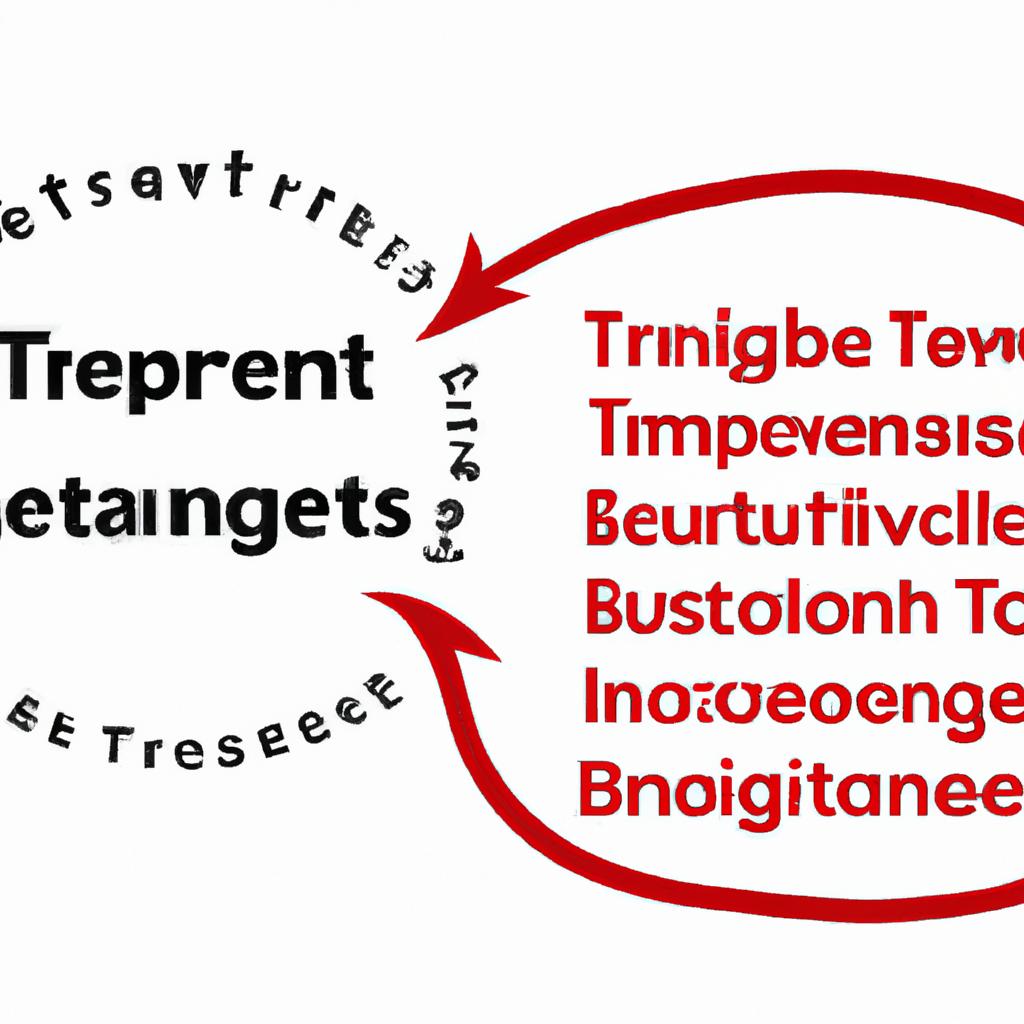Trust distribution to beneficiaries is a critical aspect of estate planning that requires meticulous attention to detail and adherence to legal guidelines. As experienced lawyers at Morgan Legal Group in New York City, we understand the importance of ensuring a smooth and efficient distribution process for our clients’ trusts. In this article, we will delve into the complexities of trust distribution, exploring key considerations and strategies to effectively transfer assets to beneficiaries in a timely and secure manner.
Ensuring Proper Trust Distribution to Beneficiaries
Proper distribution of trust assets to beneficiaries is crucial in ensuring that the wishes of the grantor are carried out accurately. As trustees, it is our responsibility to adhere to the terms outlined in the trust document and distribute assets to beneficiaries in a fair and timely manner. Failure to do so can lead to disputes, delays, and legal ramifications.
To ensure proper trust distribution to beneficiaries, trustees must follow these key steps:
- Review the trust document carefully: Familiarize yourself with the terms and instructions laid out in the trust document to understand the grantor’s intentions.
- Communicate with beneficiaries: Keep beneficiaries informed about the distribution process, timelines, and any potential delays or issues that may arise.
- Seek legal guidance: Consult with an experienced attorney to ensure compliance with trust laws and regulations.

Understanding the Legalities and Implications
In the realm of trust distribution to beneficiaries, it is crucial to understand the legalities and implications involved in this process. When a trust is established, the settlor appoints a trustee to manage the assets held within the trust for the benefit of the beneficiaries. The trustee has a fiduciary duty to act in the best interests of the beneficiaries and must follow the terms outlined in the trust document.
One key aspect to consider is the distribution of assets to beneficiaries. The trustee must adhere to the terms of the trust document, which may specify how and when distributions are to be made. It is essential for the trustee to accurately interpret and execute these instructions to avoid any legal disputes or complications. Additionally, understanding the tax implications of trust distributions is crucial. The trustee must ensure that distributions are made in compliance with tax laws to avoid any penalties or repercussions. Trust distribution can be a complex and sensitive matter, and seeking professional legal advice is highly recommended to navigate this process effectively. Trust distribution can have long-lasting effects on beneficiaries, and it is essential to handle this process with care and attention to detail.
Navigating Complex Trust Distribution Procedures
When it comes to trust distribution to beneficiaries, navigating complex procedures can be daunting. Understanding the intricacies involved in distributing trust assets is crucial to ensure that the wishes of the grantor are carried out effectively and efficiently. Trust distribution requires careful consideration of various factors, including legal requirements, tax implications, and beneficiary needs.
One key aspect of trust distribution is determining the appropriate timing for distributing assets to beneficiaries. This decision is often guided by the terms of the trust document and can vary based on factors such as the age of the beneficiaries, their financial needs, and the grantor’s intentions. Additionally, trustees must adhere to fiduciary responsibilities and act in the best interests of the beneficiaries when distributing trust assets. By working with experienced legal professionals, trustees can navigate complex trust distribution procedures with confidence and ensure that the trust’s goals are met.

Implementing Effective Strategies for Trust Beneficiaries
When it comes to trust distribution to beneficiaries, implementing effective strategies is crucial to ensuring a smooth and successful process. One key strategy is to clearly define the terms of the trust to avoid any confusion or disputes among beneficiaries. This can be achieved by working closely with a knowledgeable attorney who specializes in trust administration.
- Communicate openly with beneficiaries about the trust and its distribution.
- Keep detailed records of all trust transactions and distributions.
- Consider the needs and circumstances of each beneficiary when making distribution decisions.
Another important strategy is to regularly review and update the trust documents to reflect any changes in beneficiaries’ circumstances or goals. This can help ensure that the trust continues to meet the needs and objectives of the beneficiaries over time. By taking a proactive approach to trust distribution, beneficiaries can feel confident that their interests are being protected and their wishes are being carried out according to the terms of the trust.
| Beneficiary | Share |
|---|---|
| John Smith | 50% |
| Jane Doe | 50% |
Q&A
Q: What exactly is trust distribution to beneficiaries?
A: Trust distribution to beneficiaries refers to the process of transferring assets or funds from a trust to the individuals or entities named as beneficiaries in the trust document.
Q: How does trust distribution work?
A: Trust distribution typically occurs according to the terms outlined in the trust document. This can involve specific instructions on when and how assets are to be distributed, such as reaching a certain age or achieving a particular milestone.
Q: What are some common factors that can affect trust distribution to beneficiaries?
A: Factors that can affect trust distribution include the type of trust, the wishes of the grantor, the financial needs of the beneficiaries, and any applicable tax laws or regulations.
Q: How can beneficiaries ensure they receive their fair share of trust assets?
A: Beneficiaries can work with trustees and legal professionals to understand the terms of the trust, advocate for their interests, and ensure that distributions are being made in accordance with the trust document.
Q: Are there any potential challenges or disputes that can arise during trust distribution to beneficiaries?
A: Yes, disputes can arise if beneficiaries believe they are not receiving their fair share of trust assets, if there are disagreements among beneficiaries, or if there are questions about the validity or interpretation of the trust document. In these cases, legal action may be necessary to resolve the issue.
Q: Is it possible to modify a trust to change the distribution to beneficiaries?
A: Yes, in some cases it is possible to modify a trust through a trust amendment or a trust restatement to change the distribution terms. However, this process typically requires approval from all relevant parties and adherence to legal requirements.
The Conclusion
In conclusion, the distribution of trust to beneficiaries is a delicate process that requires careful consideration and planning. By ensuring that trust assets are distributed in a fair and transparent manner, trustees can help to build and maintain trust relationships with beneficiaries. It is crucial for all parties involved to communicate openly and honestly throughout the distribution process, in order to avoid misunderstandings and potential conflicts. Ultimately, trust distribution should be seen as an opportunity to strengthen bonds between trustees and beneficiaries, and to uphold the values of trust and integrity that underpin the trust relationship. Trust distribution is not just about transferring assets, but also about fostering a sense of security, understanding, and mutual respect among all parties involved.

